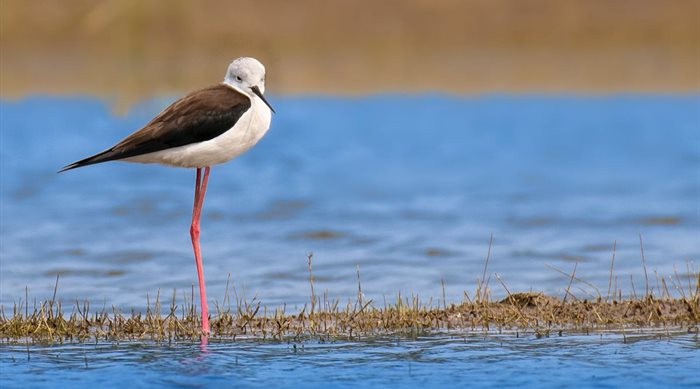
Related
Top stories






LegalKenyan court postpones case seeking to halt Diageo's $2.3bn sale of EABL
Duncan Miriri and Emma Rumney 2 days
More news












“The declaration of South Africa’s 28th Ramsar site is an indication of the importance of conserving and protecting these unique environments that are considered super ecosystems because of their contribution to the provision of water and because they provide habitats to a large variety of migratory birds, especially water birds,” minister of forestry, fisheries and the environment Barbara Creecy said on yesterday.
The Berg Estuary, which is one of 290 estuaries in South Africa, is the second wetland of international importance to be declared in the country in two years. In 2021, the Ingula Nature Reserve in the northern Drakensberg was declared the country’s 27th Ramsar Site.
Situated at Velddrif, close to St Helena Bay where the Berg River flows into the sea, this estuary spans an area of 1,162 hectares. The West Coast fishing village is situated in the Bergrivier Local Municipality.
Although estuaries comprise less than 2% of South Africa’s territory, these highly productive ecosystems contribute R4.2bn per annum to the South African economy.
“They are focal points for development, tourism and recreation, as well as important for supporting biodiversity, livelihoods and marine fisheries. The Berg Estuary, in particular, contributes about 60% of the estuarine habitat on the West Coast and is therefore extremely important in terms of the biodiversity, cultural and economic activities that it supports,” Creecy said.
Despite their significance to human life, wetlands are threatened nationally and globally. The 2018 National Biodiversity Assessment found that at least 79% of South Africa’s wetland ecosystems are threatened.
The report emphasised the role of rivers, wetlands and their catchments as crucial ecological infrastructure for water security and often complementing built infrastructure. Major threats to these freshwater systems include over-extraction of water, pollution, invasive alien species, habitat loss, land-use change and climate change.
Creecy said by addressing threats to the productive use of land and water, and the functioning of natural systems, South Africa not only supports sustainable livelihoods for local people through integrated landscape management that strives for resilient social-ecological systems, but secures strategic water resources and wetlands.
“By building a new deal for people and nature, work is being done to secure strategic water sources and wetlands in South Africa, which is a water scarce country. These strategically important areas supply water that sustains 60% of the country’s population, more than 90% of urban water users, 67% of national economic activity and 70% of irrigated agriculture,” the Minister said.
“As a signatory to the Ramsar Convention, South Africa remains committed to working towards the wise use of all wetlands through effective land use planning and the development of appropriate policies and legislation, management actions, and public education to protect these natural purifiers of water resources,” Creecy said.
The 2022 World Wetlands Day theme is ‘wetlands action for people and nature’.
SAnews.gov.za is a South African government news service, published by the Government Communication and Information System (GCIS). SAnews.gov.za (formerly BuaNews) was established to provide quick and easy access to articles and feature stories aimed at keeping the public informed about the implementation of government mandates.
Go to: http://www.sanews.gov.za